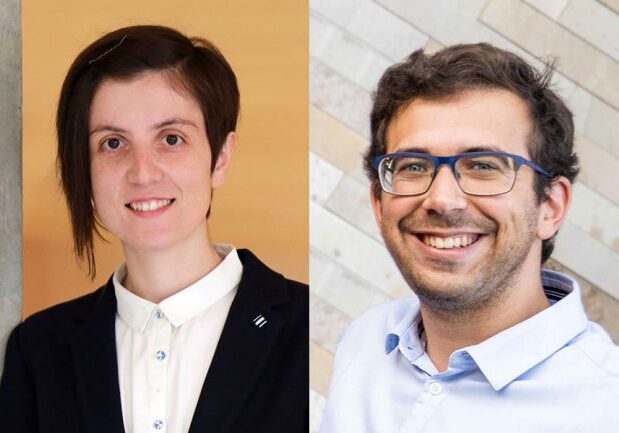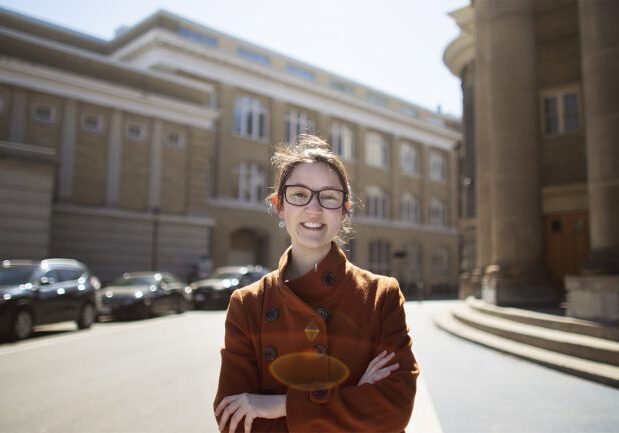
U of T Engineering student has a message for women and girls considering STEM fields: ‘You can’
Adriana Diaz Lozano Patino is among a growing number of women scholars, students and researchers whose work is pushing the boundaries of traditionally male-dominated STEM fields
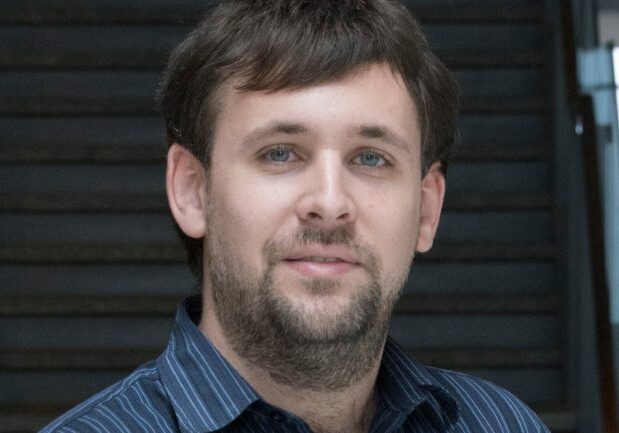
Professor Matthew Mackay receives Wighton Fellowship for teaching excellence
Fellowship is given to only one recipient nationwide each year
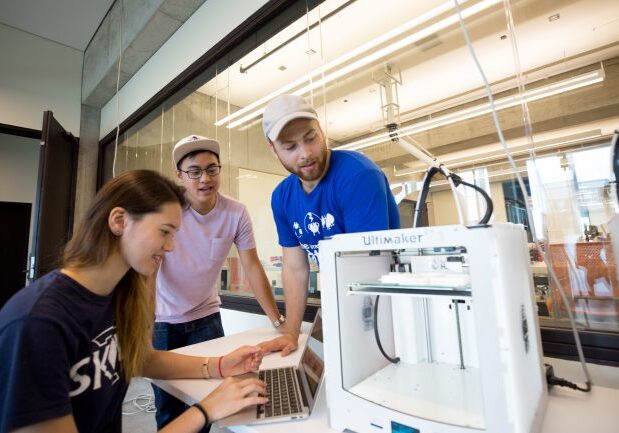
First of its kind at U of T: MIE launches specialized course in 3D printing
Additive manufacturing is a $13 billion a year industry; students will look at the process of designing and building cost-effective prototypes and products

U of T Engineering researchers collaborate with Toronto startup to design hot water distribution tech for condos and high rises
Partnership studies design to prevent temperature issues common in condos and high rises, from cold showers to accidental scalding
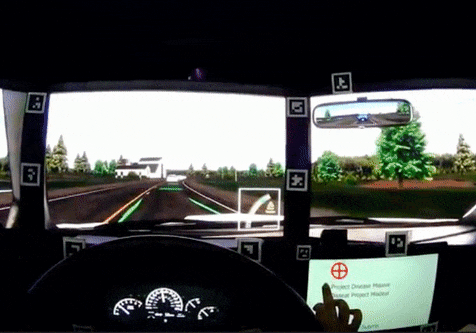
‘A false sense of security’: How automated vehicles can impede driver performance, and what to do about it
Professor Birsen Donmez (MIE) and her team study the benefits and risks of in-vehicle displays
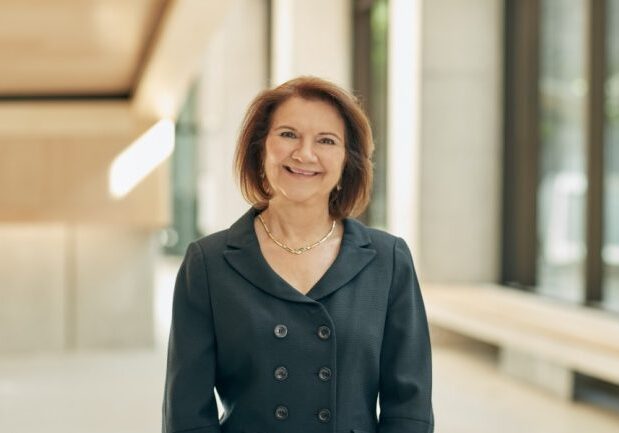
Professor Cristina Amon appointed to the Order of Canada
Dean Emerita recognized for outstanding achievement, dedication to the community and service to the nation

Eleven alumni and students honoured with 2020 Engineering Alumni Network Awards
Awardees were celebrated for their career accomplishments and their contributions to the Skule™ community


